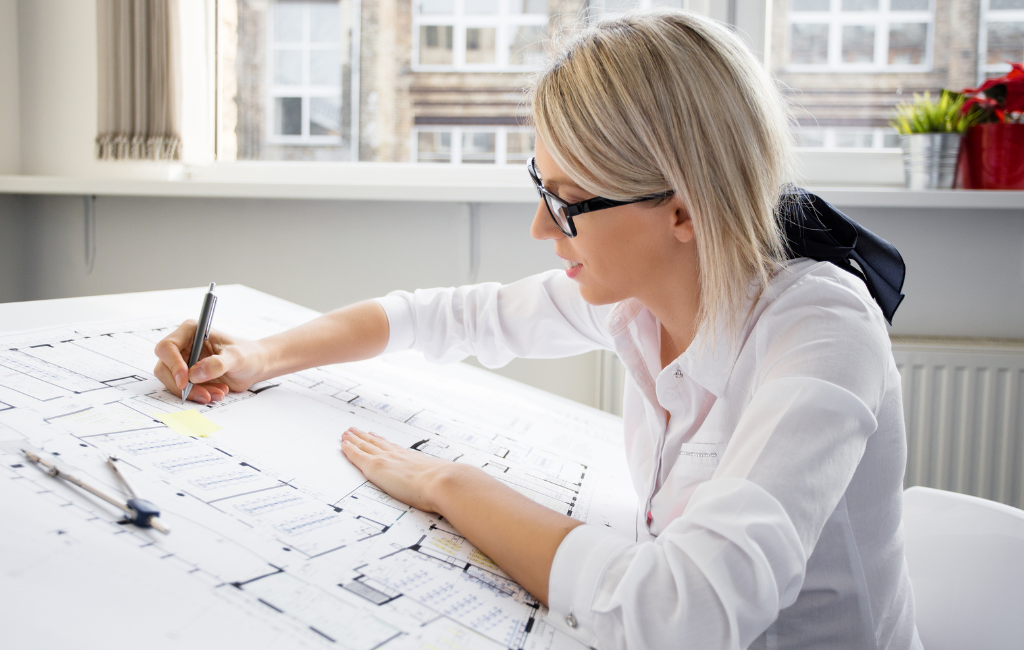Architect Solutions: Innovate Your Design
In the ever-evolving field of architecture, innovation is the key to creating designs that not only stand out but also meet the functional needs of their users. This article explores various architect solutions that can help you innovate your design, providing valuable insights and examples to inspire your next project.
Embracing Sustainable Design
Sustainability has become a cornerstone of modern architecture. Incorporating eco-friendly materials and energy-efficient systems can significantly reduce the environmental impact of a building. Here are some strategies to consider:
- Use of recycled and locally sourced materials
- Incorporation of green roofs and walls
- Implementation of solar panels and wind turbines
- Designing for natural ventilation and daylighting
A case study worth mentioning is the Bullitt Center in Seattle, often referred to as the greenest commercial building in the world. It features composting toilets, rainwater harvesting, and a solar array that generates more energy than the building consumes.
Integrating Smart Technology
Smart technology is revolutionizing the way buildings are designed and operated. By integrating advanced systems, architects can create more efficient and user-friendly spaces. Consider the following technologies:
- Automated lighting and climate control systems
- Smart security and surveillance systems
- IoT-enabled appliances and devices
- Building Information Modeling (BIM) for design and construction
The Edge in Amsterdam is a prime example of a smart building. It uses a network of sensors to monitor and adjust lighting, temperature, and even coffee machine usage, creating a highly efficient and comfortable environment for its occupants.
Adopting Modular Construction
Modular construction is gaining popularity due to its efficiency and flexibility. This method involves constructing sections of a building off-site and then assembling them on-site. Benefits include:
- Reduced construction time and costs
- Minimized waste and environmental impact
- Improved quality control
- Greater design flexibility
A notable example is the CitizenM Hotel in New York, which was built using modular construction. The hotel was completed in just 15 months, significantly faster than traditional methods, and with less disruption to the surrounding area.
Fostering Community Engagement
Engaging with the community during the design process can lead to more successful and well-received projects. By involving local residents and stakeholders, architects can better understand the needs and desires of the community. Strategies include:
- Hosting public meetings and workshops
- Conducting surveys and interviews
- Collaborating with local artists and designers
- Incorporating community feedback into the design
The High Line in New York City is a successful example of community engagement. The project transformed an abandoned railway into a vibrant public park, with input from local residents and businesses shaping its design and features.
Exploring Biophilic Design
Biophilic design focuses on creating spaces that connect people with nature. This approach can improve well-being and productivity by incorporating natural elements into the built environment. Key principles include:
- Maximizing natural light and views of nature
- Using natural materials and textures
- Incorporating water features and plant life
- Designing for natural ventilation and airflow
The Amazon Spheres in Seattle are a striking example of biophilic design. These glass domes house over 40,000 plants from around the world, providing a lush, green environment for Amazon employees to work and relax in.
Utilizing Parametric Design
Parametric design leverages algorithms and computational tools to create complex and innovative forms. This approach allows architects to explore a wide range of design possibilities and optimize their solutions. Benefits include:
- Greater design flexibility and creativity
- Improved efficiency and precision
- Ability to simulate and analyze performance
- Enhanced collaboration and communication
The Heydar Aliyev Center in Baku, designed by Zaha Hadid Architects, is a stunning example of parametric design. Its fluid, curvilinear form was achieved using advanced computational techniques, resulting in a building that is both visually striking and highly functional.
Conclusion
Innovating your design requires a willingness to embrace new ideas and technologies. By focusing on sustainability, smart technology, modular construction, community engagement, biophilic design, and parametric design, architects can create spaces that are not only beautiful but also functional and efficient. These strategies offer a roadmap for pushing the boundaries of what is possible in architecture, leading to more successful and impactful projects.
